Joseph Corneli
Argumentation theory for mathematical argument
Jul 15, 2018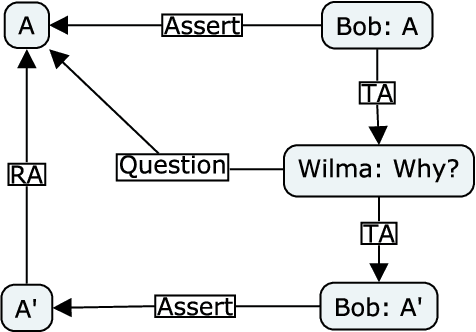
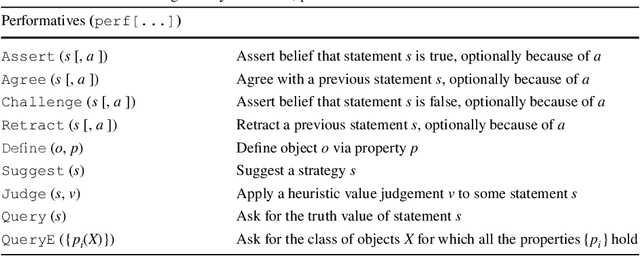
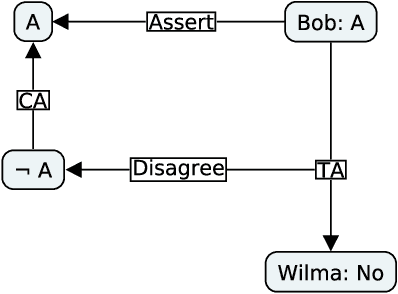
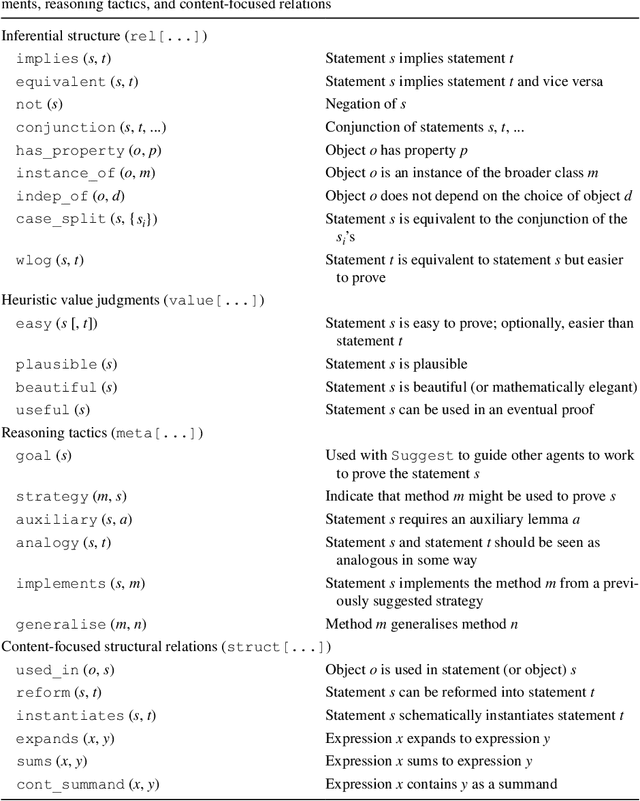
Abstract:To adequately model mathematical arguments the analyst must be able to represent the mathematical objects under discussion and the relationships between them, as well as inferences drawn about these objects and relationships as the discourse unfolds. We introduce a framework with these properties, which has been used to analyse mathematical dialogues and expository texts. The framework can recover salient elements of discourse at, and within, the sentence level, as well as the way mathematical content connects to form larger argumentative structures. We show how the framework might be used to support computational reasoning, and argue that it provides a more natural way to examine the process of proving theorems than do Lamport's structured proofs.
Modelling serendipity in a computational context
May 16, 2017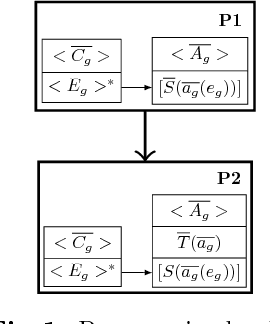
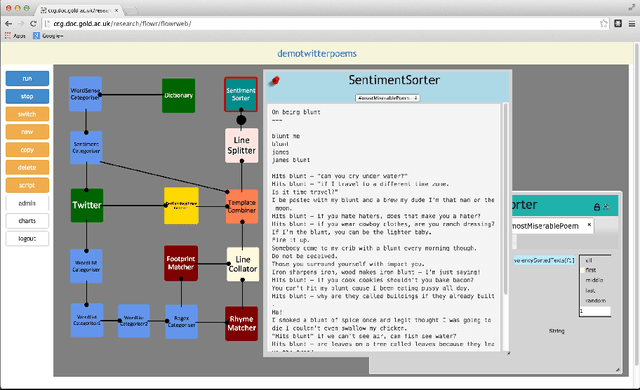
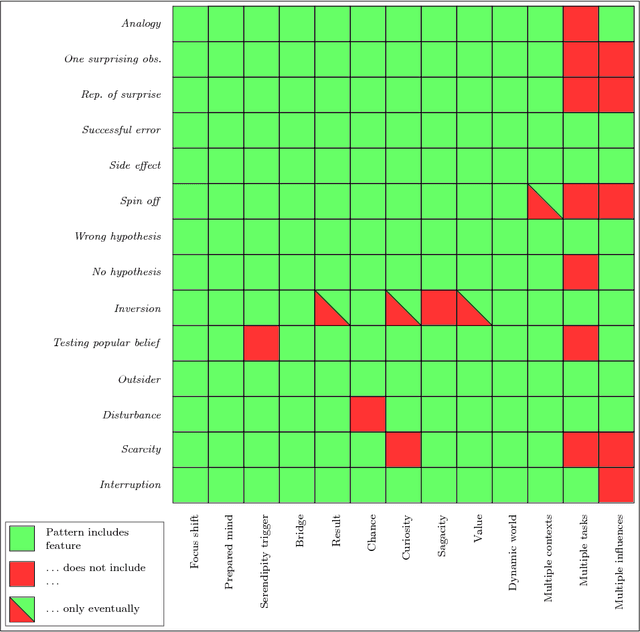
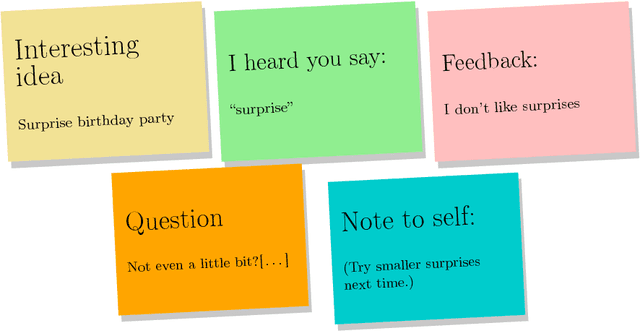
Abstract:Building on a survey of previous theories of serendipity and creativity, we advance a sequential model of serendipitous occurrences. We distinguish between serendipity as a service and serendipity in the system itself, clarify the role of invention and discovery, and provide a measure for the serendipity potential of a system. While a system can arguably not be guaranteed to be serendipitous, it can have a high potential for serendipity. Practitioners can use these theoretical tools to evaluate a computational system's potential for unexpected behaviour that may have a beneficial outcome. In addition to a qualitative features of serendipity potential, the model also includes quantitative ratings that can guide development work. We show how the model is used in three case studies of existing and hypothetical systems, in the context of evolutionary computing, automated programming, and (next-generation) recommender systems. From this analysis, we extract recommendations for practitioners working with computational serendipity, and outline future directions for research.
Teaching natural language to computers
Jun 28, 2016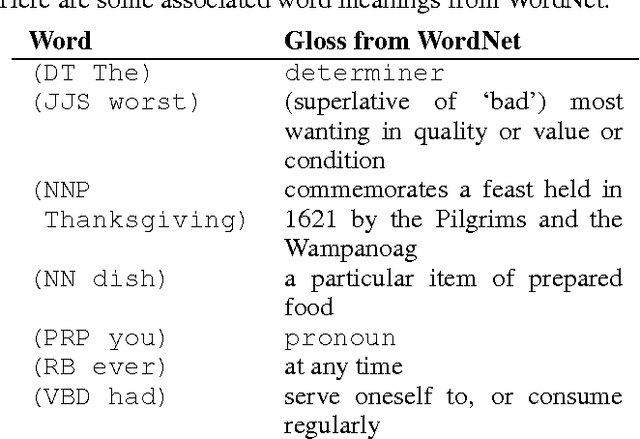
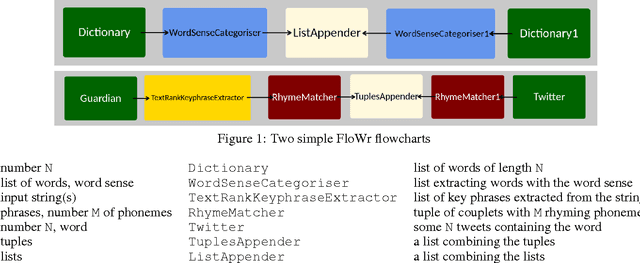
Abstract:"Natural Language," whether spoken and attended to by humans, or processed and generated by computers, requires networked structures that reflect creative processes in semantic, syntactic, phonetic, linguistic, social, emotional, and cultural modules. Being able to produce novel and useful behavior following repeated practice gets to the root of both artificial intelligence and human language. This paper investigates the modalities involved in language-like applications that computers -- and programmers -- engage with, and aims to fine tune the questions we ask to better account for context, self-awareness, and embodiment.
X575: writing rengas with web services
Jun 25, 2016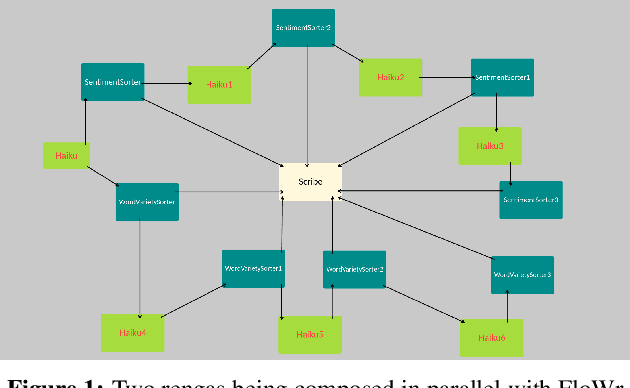
Abstract:Our software system simulates the classical collaborative Japanese poetry form, renga, made of linked haikus. We used NLP methods wrapped up as web services. Our experiments were only a partial success, since results fail to satisfy classical constraints. To gather ideas for future work, we examine related research in semiotics, linguistics, and computing.
An Argument-based Creative Assistant for Harmonic Blending
Mar 06, 2016

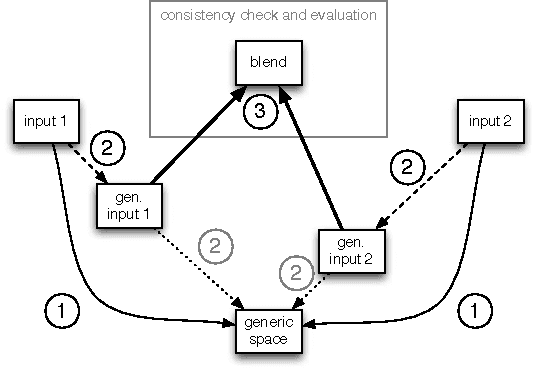
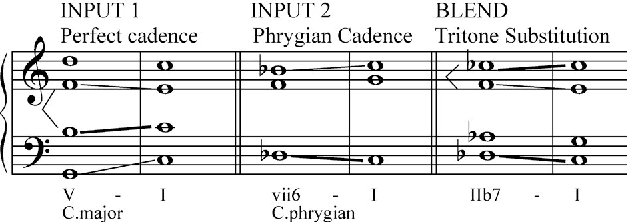
Abstract:Conceptual blending is a powerful tool for computational creativity where, for example, the properties of two harmonic spaces may be combined in a consistent manner to produce a novel harmonic space. However, deciding about the importance of property features in the input spaces and evaluating the results of conceptual blending is a nontrivial task. In the specific case of musical harmony, defining the salient features of chord transitions and evaluating invented harmonic spaces requires deep musicological background knowledge. In this paper, we propose a creative tool that helps musicologists to evaluate and to enhance harmonic innovation. This tool allows a music expert to specify arguments over given transition properties. These arguments are then considered by the system when defining combinations of features in an idiom-blending process. A music expert can assess whether the new harmonic idiom makes musicological sense and re-adjust the arguments (selection of features) to explore alternative blends that can potentially produce better harmonic spaces. We conclude with a discussion of future work that would further automate the harmonisation process.
Implementing feedback in creative systems: A workshop approach
May 26, 2015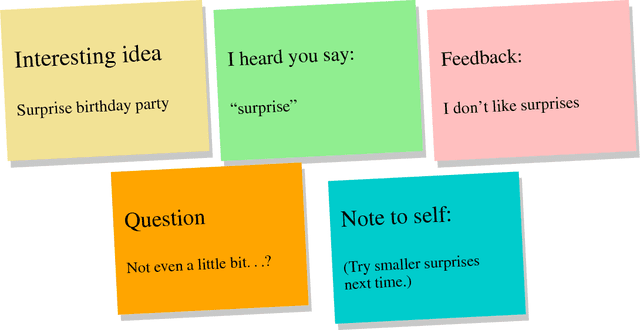
Abstract:One particular challenge in AI is the computational modelling and simulation of creativity. Feedback and learning from experience are key aspects of the creative process. Here we investigate how we could implement feedback in creative systems using a social model. From the field of creative writing we borrow the concept of a Writers Workshop as a model for learning through feedback. The Writers Workshop encourages examination, discussion and debates of a piece of creative work using a prescribed format of activities. We propose a computational model of the Writers Workshop as a roadmap for incorporation of feedback in artificial creativity systems. We argue that the Writers Workshop setting describes the anatomy of the creative process. We support our claim with a case study that describes how to implement the Writers Workshop model in a computational creativity system. We present this work using patterns other people can follow to implement similar designs in their own systems. We conclude by discussing the broader relevance of this model to other aspects of AI.
The Search for Computational Intelligence
Jan 31, 2015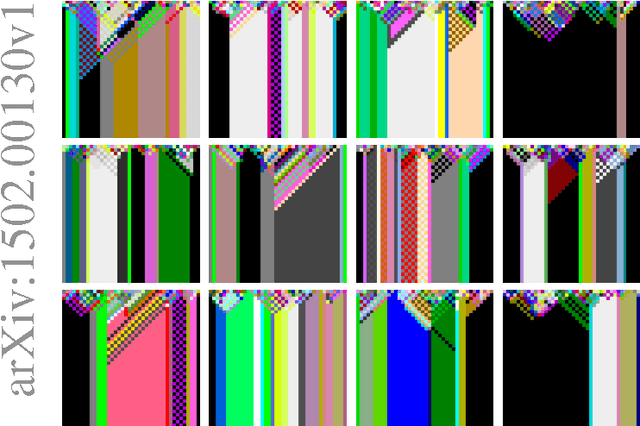
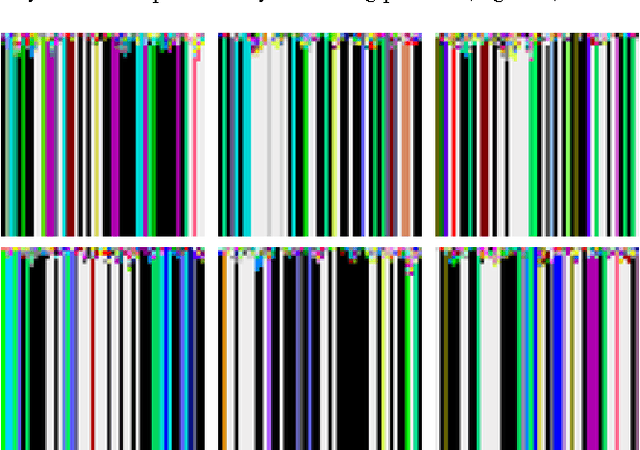
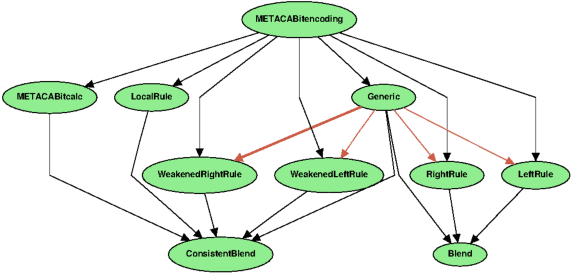
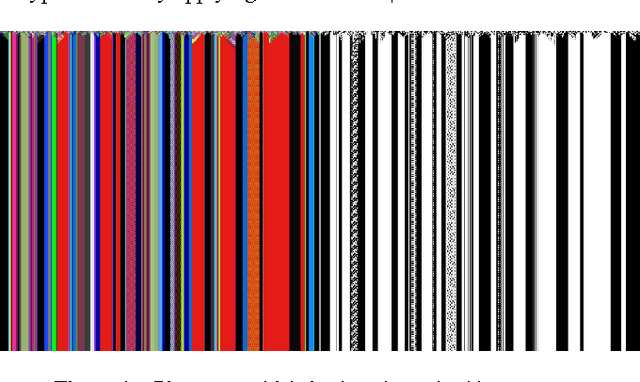
Abstract:We define and explore in simulation several rules for the local evolution of generative rules for 1D and 2D cellular automata. Our implementation uses strategies from conceptual blending. We discuss potential applications to modelling social dynamics.
 Add to Chrome
Add to Chrome Add to Firefox
Add to Firefox Add to Edge
Add to Edge